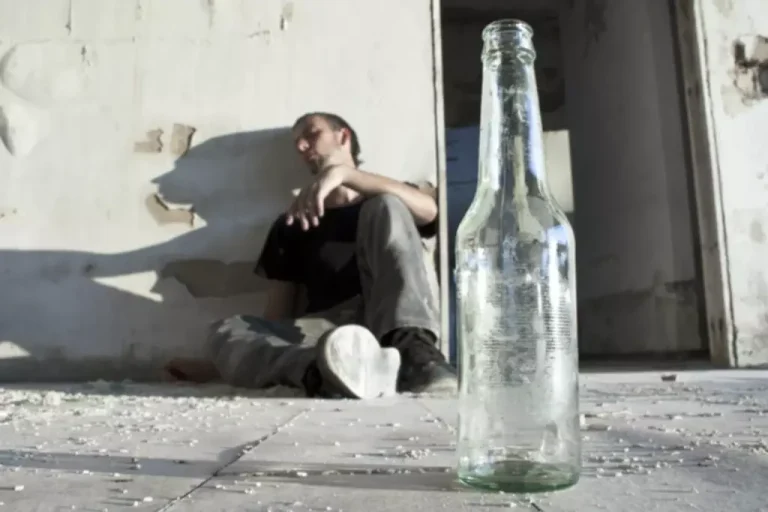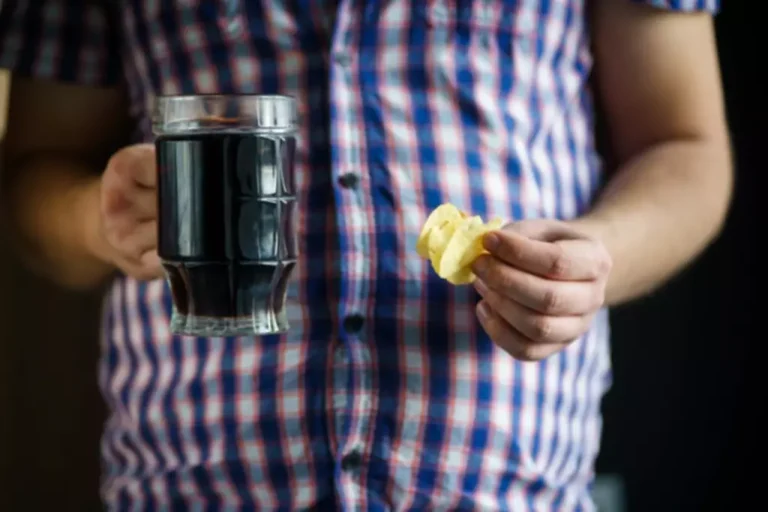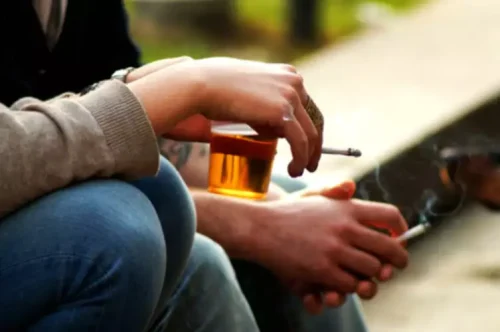
For more information about Avenues NYC’s in-house recovery services, please visit our recovery services menu. The fact that residents in SLHs make improvement over time does not necessarily mean that SLHs will find acceptance in the community. In fact, one of the most frustrating issues for addiction researchers is the extent to which interventions that have been shown to be effective are not implemented in community programs. We suggest that efforts to translate research into treatment have not sufficiently appreciated how interventions are perceived and affected by various stakeholder groups (Polcin, 2006a). We therefore suggest that there is a need to pay attention to the community context where those interventions are delivered. It was noteworthy that a wide variety of individuals in both programs had positive outcomes.
Sober Living for Women
Embarking on the journey to sobriety isn’t a solo trek; it’s a path best navigated with support and structure. That’s where sober living homes come into play, offering a bridge between an intensive treatment program and the realities of the outside world. These homes are more than just a place to stay; they’re a community focused on recovery and rebuilding lives. In sober living homes, residents follow rules, such as adherence to sobriety, participation in household chores, and attendance at group meetings.
- Recognition of the importance of one’s living environment led to a proliferation of inpatient and residential treatment programs during the 1960′ and 70’s (White, 1998).
- Therapeutic Communities (TCs) are an example of level four sober home living.
- Like other SLH models of recovery, residence are free to stay as long as they wish provide they comply with house rules (e.g., curfews, attendance at 12-step meetings) and fulfill their financial obligations.
- Sober living homes are meant to be safe, supportive environments that emphasize the importance of building a community and camaraderie with others.
- Living in a halfway house is generally cheaper than living in a residential rehab because the staff provides fewer services.
- You’ll learn to navigate challenges, manage stress, and make healthy choices—all without relying on substances.
Addiction and Mental Health Resources

People can experience specific challenges in recovery depending on their gender. By providing separate homes, facilitators can provide gender-specific care to improve the chances of success. Smith and Clark recommend seeking out an SLH after completing clinical treatment to best practice the skills learned in the program alongside others in recovery. We host nightly “family” dinners, weekly meetings, and regular outings to create an environment that promotes cohesive unity. The brotherhood between house members empowers everyone to walk through tribulations with much-needed support, and to meet our high standards.
Level III: Supervised
Some sober living facilities provide substance-free transitional housing for only men or only women, meaning men live with men and women live with women. Avenues NYC sober livings are comfortable, casual, safe environments where residents can forget about the stressors of the outside world and focus on their own growth. Tucked away on quiet side streets in Manhattan’s TriBeCa neighborhood, Avenues NYC’s TriBeCa sober living spaces offer a serene escape from the temptations of city life – without sacrificing the comforts of home. Avoid any facility that does not keep records or does not have clearly stated admissions requirements. All sober living environments should have clear expectations of residents in terms of recovery goals and standard admission protocols to ensure those expectations are met.
Sober living is a crucial step in this journey, offering a bridge between an inpatient facility and the real world. It’s a safe space where you can reinforce the coping skills needed to navigate life without substances. Some SLHs offer intensive outpatient services, including on-site medical care. These homes are often staffed in shifts by psychiatric nurses and licensed clinical social workers, who provide residents with 24-hour supervision and centralized recovery care.

Graduate School of Addiction Studies
Detailed descriptions of analytic methods and statistical results have been reported in Polcin, Korcha, Bond, & Galloway (2010), Polcin Korcha, Bond, & Galloway (in press), and Polcin Korcha, Bond, Galloway & Lapp (in press). Our purpose here is to summarize the most salient and relevant findings for SLHs as a community based recovery option. We then expand on the findings by considering potential implications of SLHs for treatment and criminal justice systems.
- American Addiction Centers offers two sober living programs at the Oxford Treatment Center in Mississippi and the Greenhouse Treatment Center in Texas.
- Sober living is a crucial step in this journey, offering a bridge between an inpatient facility and the real world.
- While they are both residences designed to support folks in maintaining sobriety and transitioning back into society, there are some key differences.
- That’s where sober living homes come into play, offering a bridge between an intensive treatment program and the realities of the outside world.
- In communities that are unable to fund a sufficient number of treatment programs for individuals with substance use disorders, freestanding SLHs might be a clinically and economically effective alternative.
- Sober residences allow individuals to continue working on their recovery after they have completed inpatient addiction treatment while easing back into their regular lives.
Recognition of the importance of one’s living environment led to a proliferation of inpatient and residential treatment programs during the 1960′ and 70’s (White, 1998). The idea was to remove clients from destructive living environments that encouraged substance use and create new social support systems in treatment. Some programs created halfway houses where clients could reside after they completed residential treatment or while they attended outpatient treatment.

Thus, the intervention is a way to help them prepare for the challenges and recognize the potential benefits of new activities and experiences. Each year more than 7 million individuals are released from local jails into communities and over 600,000 are released on parole from prison (Freudenberg, Daniels, Crum, Perkins & Richie, 2005). Although the need for alcohol and drug treatment among this population is high, very few receive services during or after their incarceration. In California, https://ecosoberhouse.com/ studies show that few offenders being released from state prisons have adequate housing options and in urban areas such as San Francisco and Los Angeles up to a third become homeless (Petersilia, 2003). Housing instability has contributed to high reincarceration rates in California, with up to two-thirds of parolees are reincarcerated within three years. In a study of women offenders released from jails in New York City 71% indicated that lack of adequate housing was their primary concern.
- If you want to find the best sober living home near you, it’s important to carefully consider different options as each home is structured differently and usually has its own house rules.
- Typically, residents entered these SLHs after establishing some period of sobriety while they resided in a nearby shelter and attended the outpatient program.
- Sober transitional living spaces like sober homes can help you by limiting your access to drugs and alcohol.
- Sometimes, sobriety is all about the direction of healthy friendships where young men and women are assisted, and support one another to remain faithful to their rehabilitation.
If you or someone you know has recently quit drinking alcohol and is now sober—congratulations, quitting alcohol can be a long and difficult process. However, you might be wondering what happens now that the detox is over, you’ve completed your stay at an addiction treatment center, and it is time to go home. Sober living homes may or may not be accredited or licensed through a state, local, or national agency. We provide a sharable daily digest of the best information and resources available for self-improvement, emotional wellness, mental health, behavioral health, and recovery. Therapy Insider is a powerful resource for helping families of troubled teens or struggling young adults, and our vision is that the wisdom of many will help secure a transcending hope for the one.
Unlike conventional living environments, these homes enforce rules and guidelines designed to maintain a drug-free and alcohol-free environment. These may include regular drug testing, mandatory participation in house meetings, and adherence to a curfew. This structure creates a sense of discipline sober living homes and responsibility, essential qualities for a successful recovery journey. During a stay at a sober living program, clients receive ongoing rehabilitation, independent living skills development, vocational and educational support, but most importantly they receive support toward sobriety.
